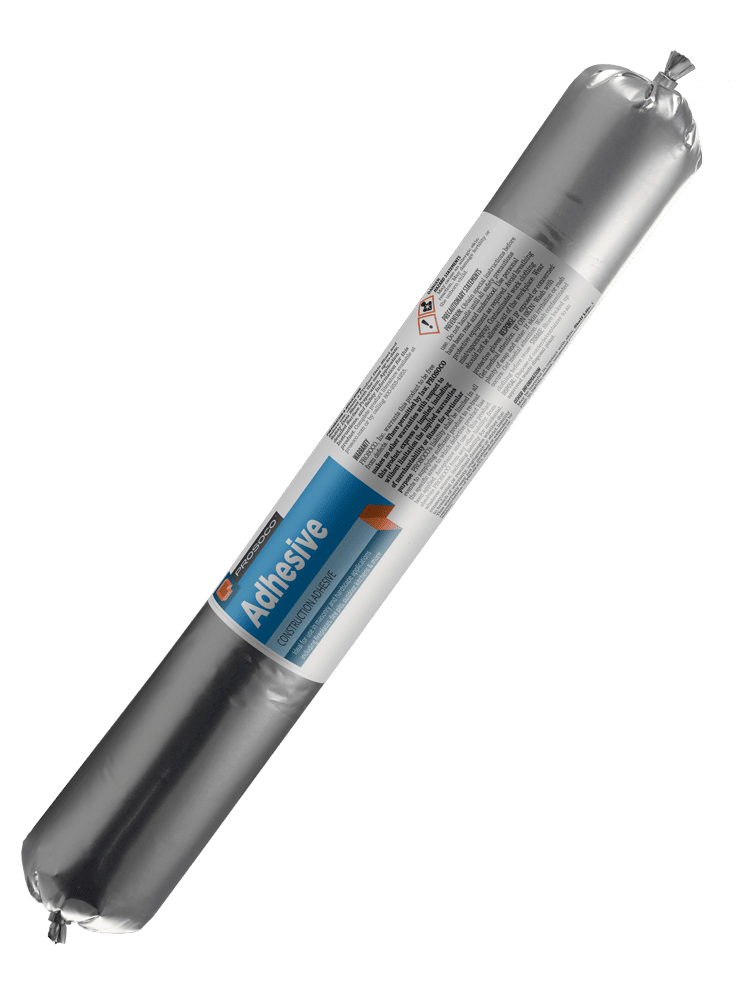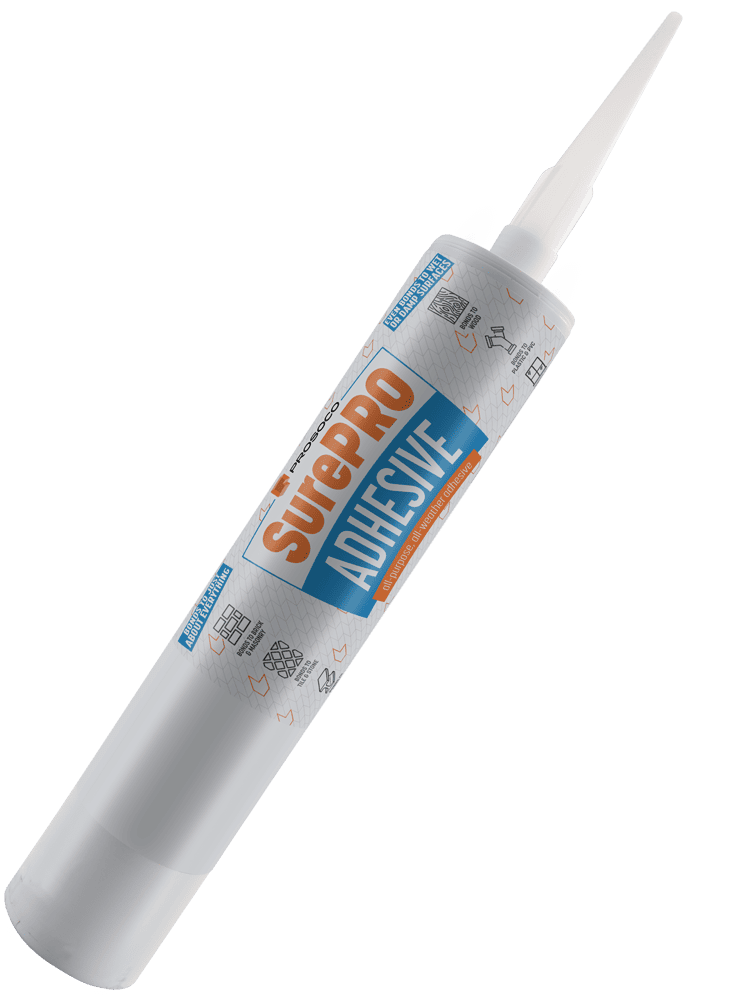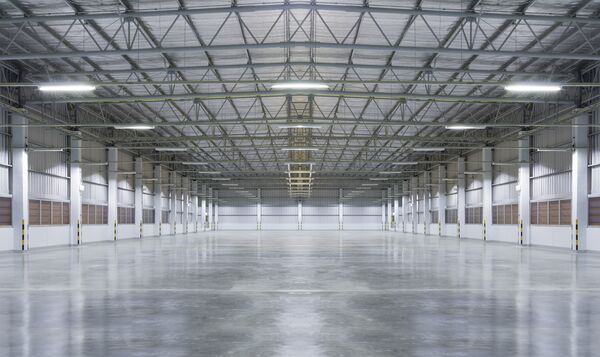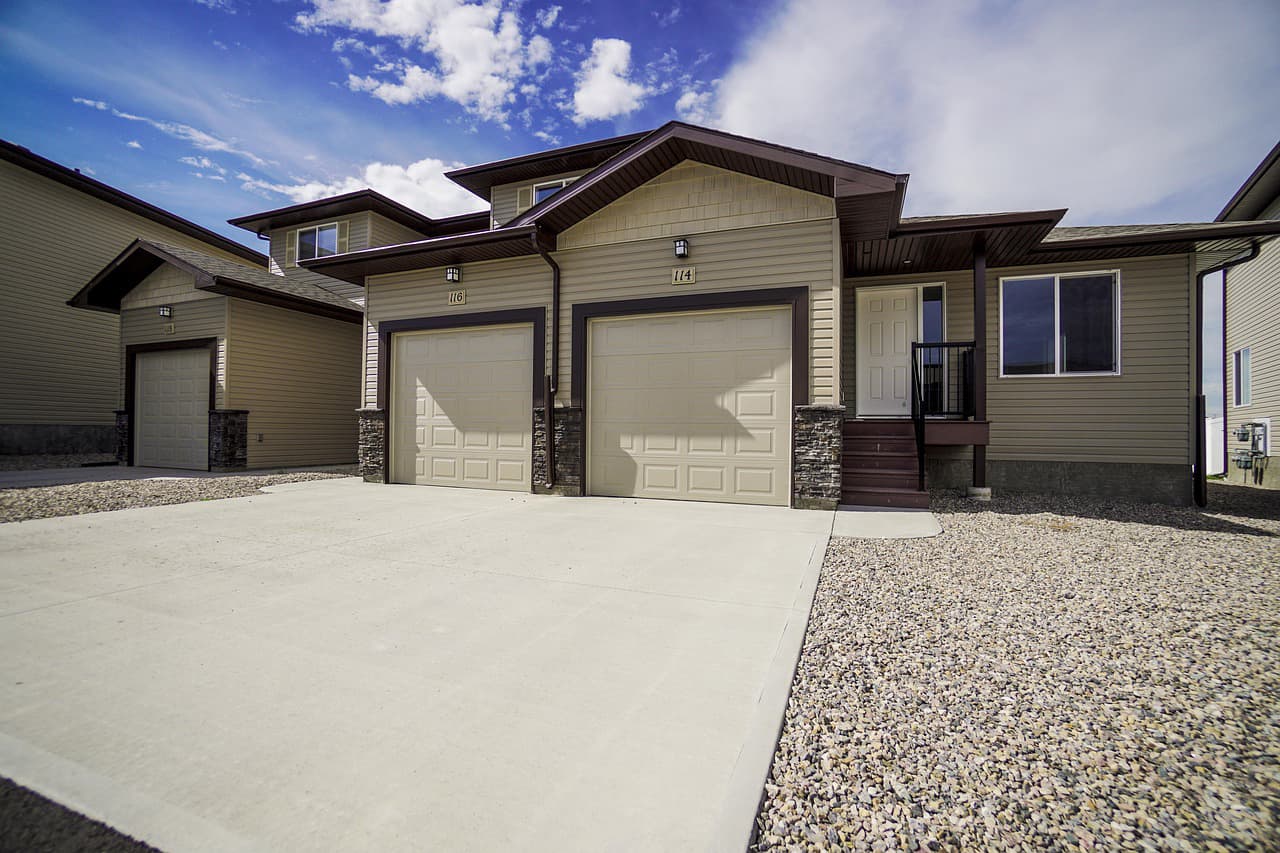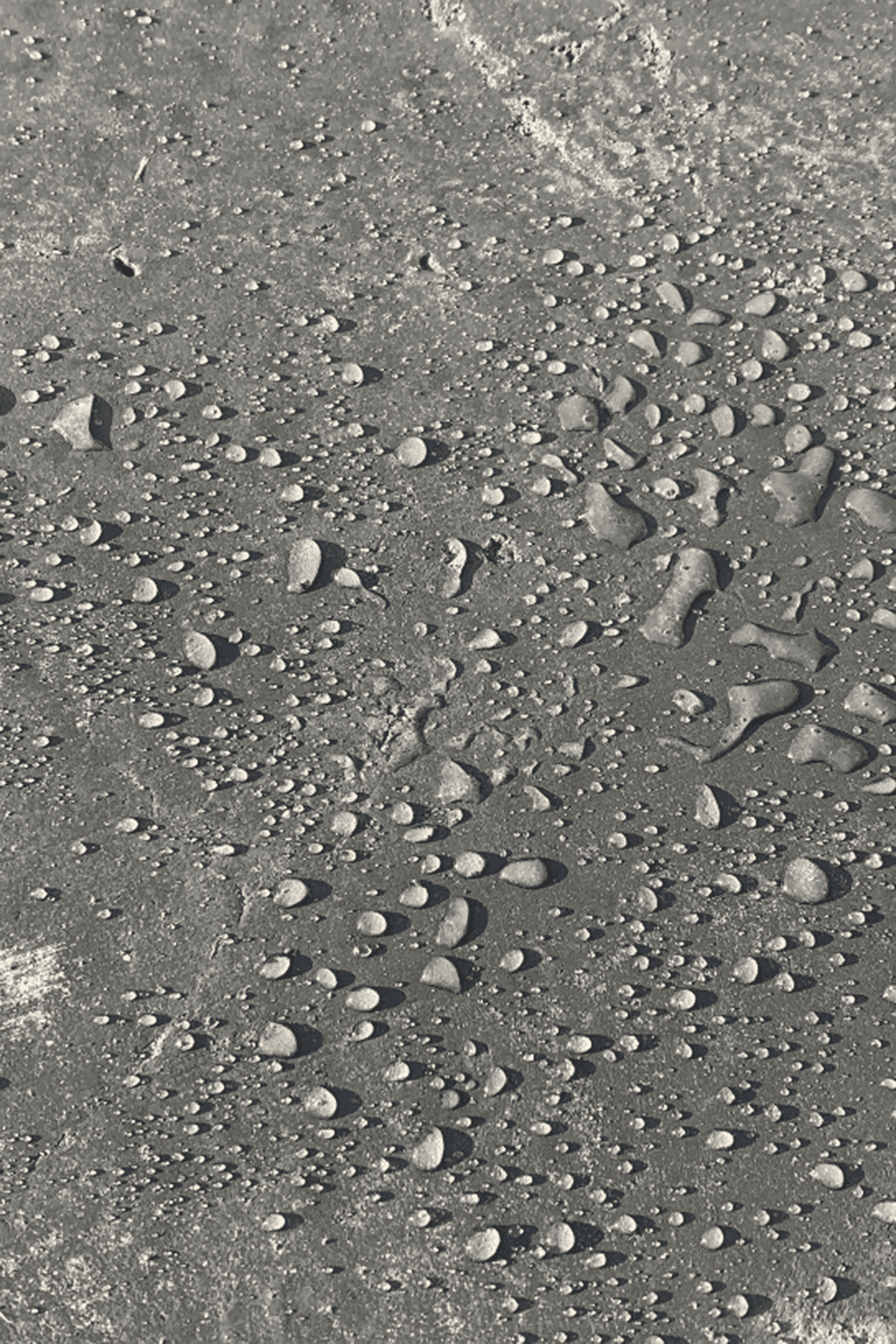Repairing loose stone steps is a critical task that goes beyond mere aesthetics; it's about ensuring stability and safety in areas of frequent foot traffic. This guide provides a practical and effective approach to fixing stone steps, that emphasizes the use of high-quality construction adhesives and cleaners.
Understand the Problems Before Stone Step Repair
Identifying Loose Stones
The initial and crucial step in repairing stone steps is a detailed assessment to pinpoint which stones are loose. This task is more than a mere observation; it demands a hands-on examination.
Apply gentle pressure to each stone using your foot or hand to test for any movement, and inspect them from multiple angles to detect any directional instability. Common indicators of looseness include stones that wobble or shift upon pressure, and sometimes, visible gaps between the stone and its base or adjacent stones.
It's essential to clearly mark any loose stones, as they will be the focal point of the repair process. Keep in mind that loose stones are often caused by various factors like weathering, ground movement, or initial installation issues. A thorough inspection to understand the extent and root cause of the damage is imperative for a durable and effective repair.
Discovering the Underlying Causes
Once the loose stones are identified, the next crucial step is to figure out why they have become unstable. This understanding is key to not only fixing the immediate problem but also preventing future issues. Common causes include:
Weathering and Age: Over time, exposure to the elements can degrade the mortar or adhesive that holds the stones in place. Freeze-thaw cycles, in particular, can cause expansion and contraction that can cause loosening.
Substandard Installation: If the steps were initially installed without proper technique or materials, they might be prone to early failure. This could include insufficient mortar, lack of proper foundation, or incorrect stone placement.
Environmental Factors: Changes in the surrounding environment, such as soil erosion, water damage, or root growth from nearby plants, can affect the stability of the steps.
Mechanical Stress: Heavy foot traffic or pressure can accelerate the loosening of the stones, especially if they were already weakened by other factors.
By conducting a detailed assessment and understanding the causes of damage, you can proceed with a targeted and effective repair strategy.

Challenges and Solutions in Stone Step Repair
Navigating Stone Color Matching
Achieving a visually seamless repair relies on matching new stones perfectly with the existing ones. It ensures both structural integrity and preserves the aesthetic continuity of your steps.
Mastering Uneven Surfaces
Uneven surfaces are not just about looks; they pose a safety hazard. This section focuses on the basics of leveling, a crucial step in making sure your repaired stone steps are both visually appealing and safe. Here, we will share techniques to ensure each step you take is stable and even, to restore both beauty and functionality.
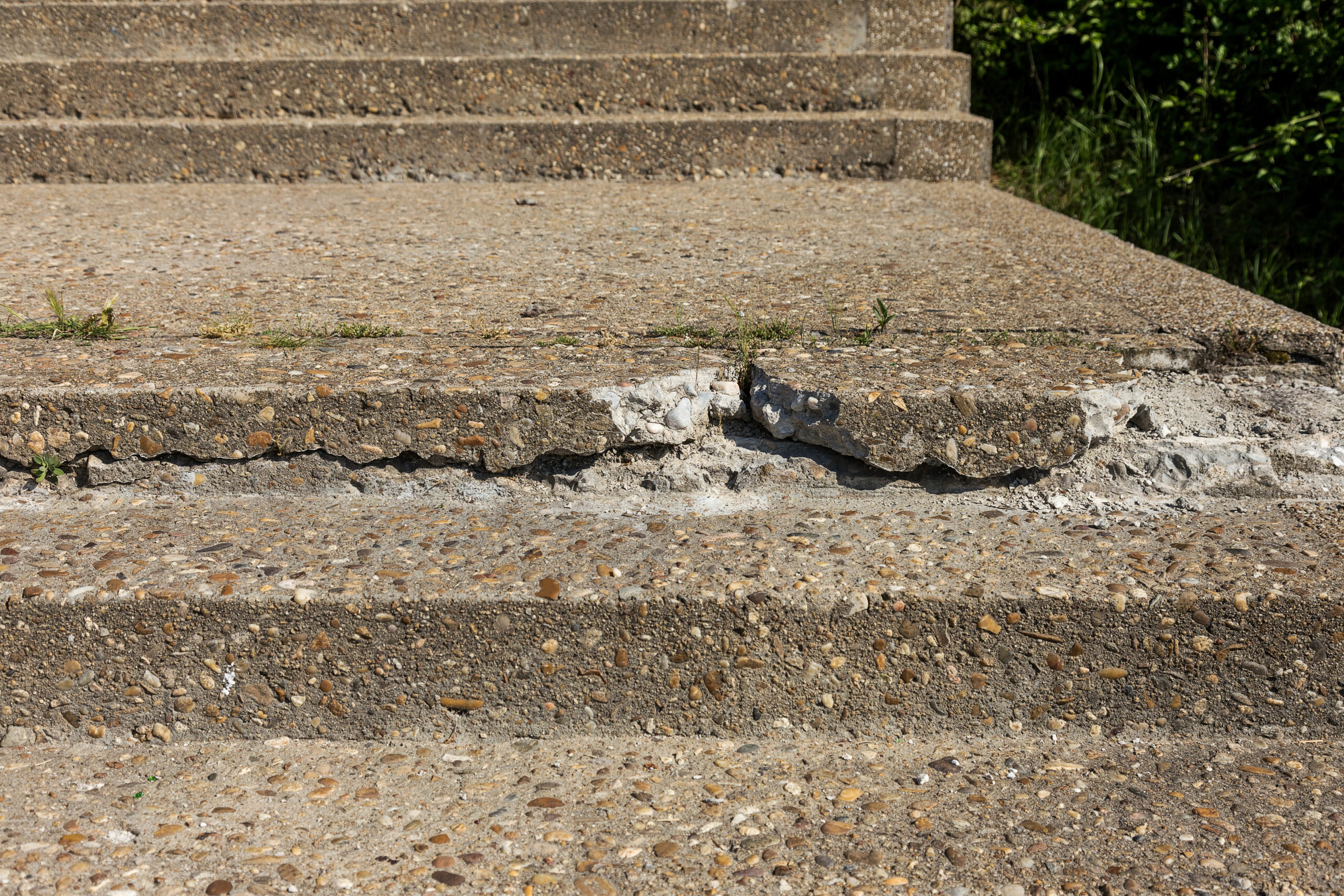
FAQs on Repairing Stone Steps
- Can Stone Steps Be Repaired Without Removing Them Entirely?
Yes, many stone step repairs do not require complete removal. For minor issues like small cracks or slight looseness, you can often repair the steps in place. This involves injecting adhesive under the loose stone or filling cracks with a mortar mix. The key is to stabilize the stone and prevent further movement or deterioration.
- How Long Does It Typically Take for Repaired Stone Steps to Dry and Set?
The drying and setting time can vary based on the materials used and the environmental conditions. Generally, most adhesives and mortars will set within 24 to 48 hours under normal conditions. However, it's advisable to check the manufacturer's guidelines for the specific product used, as some may require more or less time to achieve full strength.
- Are There Any Special Considerations for Repairing Stone Steps in Cold Weather?
Yes, repairing stone steps in cold weather requires extra caution. Low temperatures can affect the curing process of mortars and adhesives. If you're undertaking repairs in cold weather, ensure that the products you're using are suitable for lower temperatures. It's also important to keep the steps dry and free from snow or ice before starting the repair. In some cases, using a rapid-set or freeze-resistant mortar might be necessary.
Your Next Step with PROSOCO: Strengthen and Enhance Your Stone Steps
Repairing your stone steps is a critical step towards ensuring safety and adding value to your property. At PROSOCO, we understand the importance of both function and form. Whether tackling minor fixes or undertaking major restorations, we provide solutions that cater to all levels of repair needs. Contact us today and speak with one of our experts!
